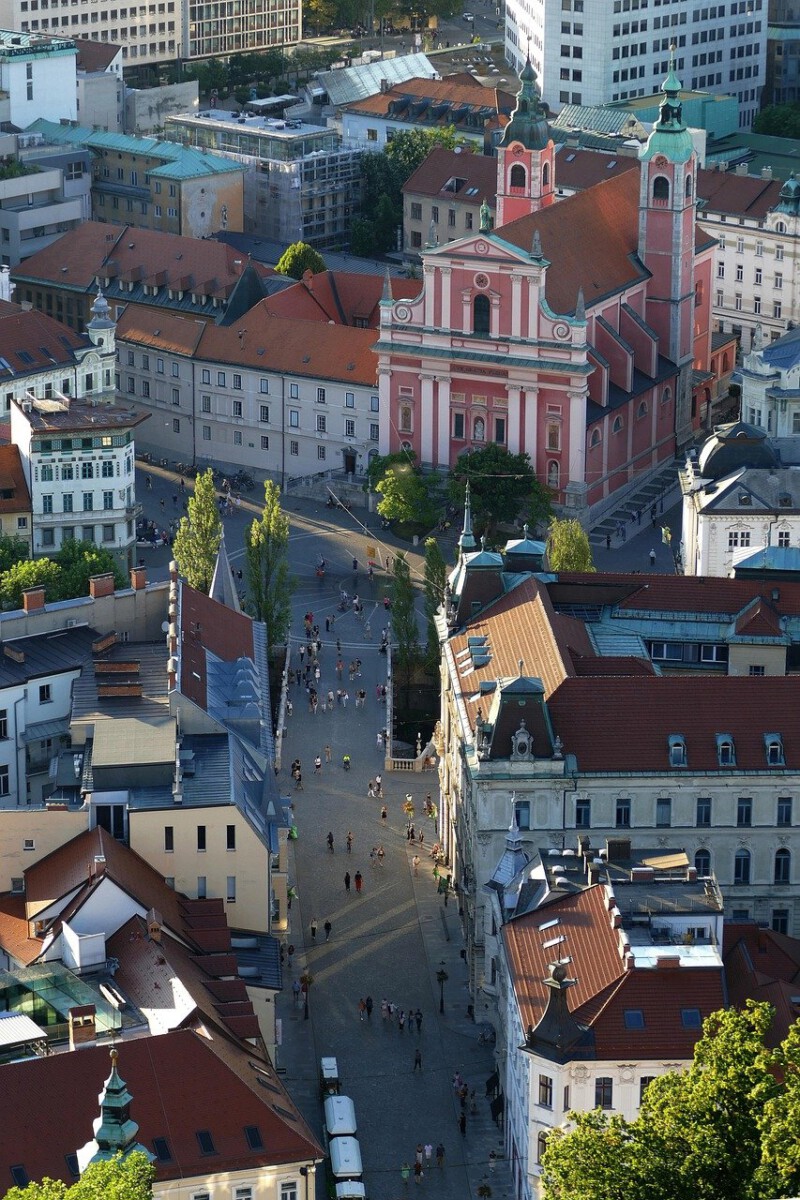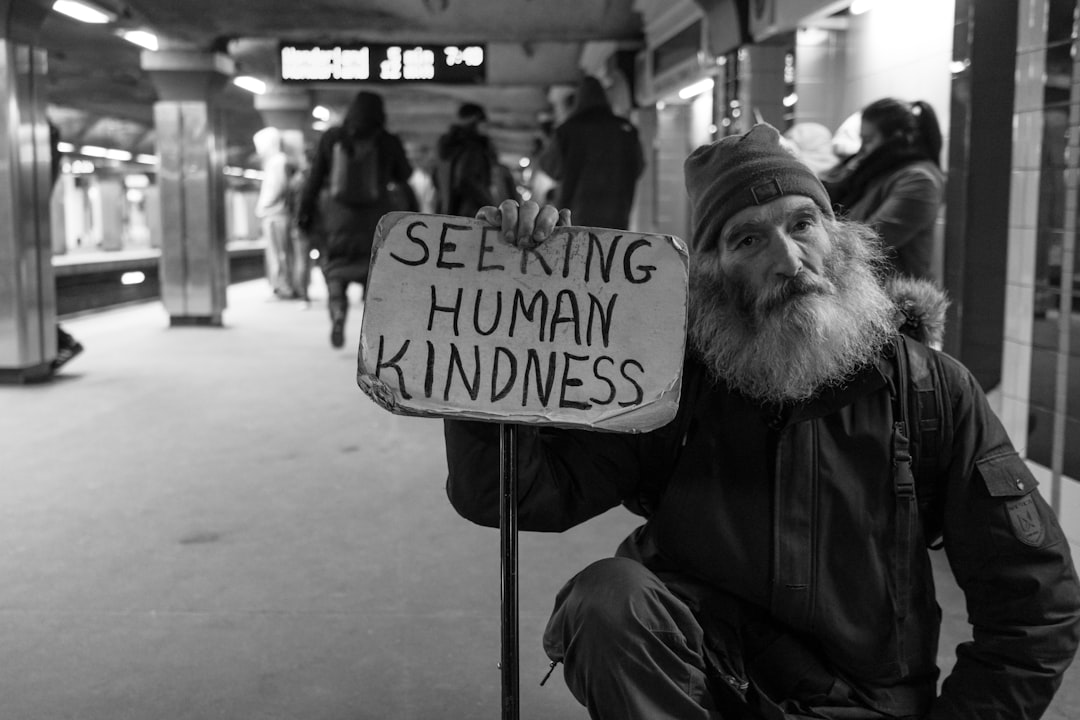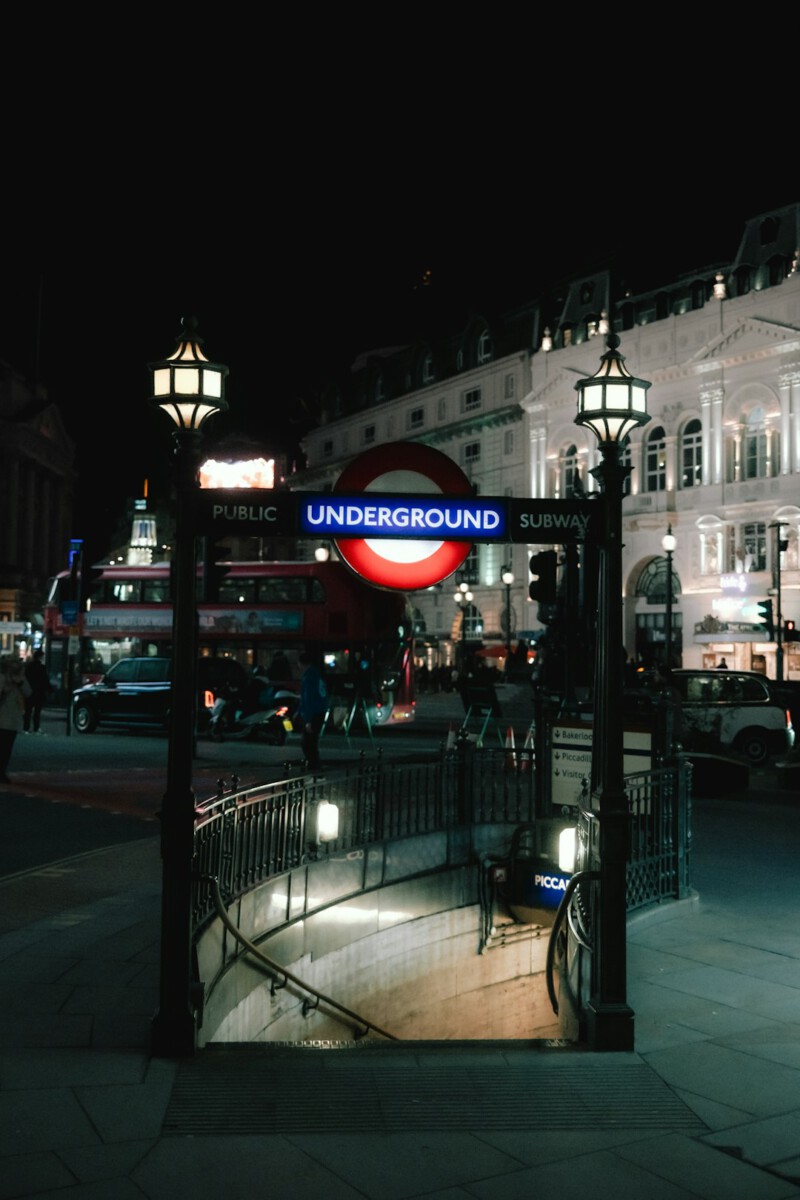Ljubljana, Slovenia

Ljubljana, the capital of Slovenia, is a city that surprises visitors with its fairy-tale charm and laid-back vibes. While many tourists flock to Venice or Vienna, Ljubljana quietly offers scenic river views, lush parks, and a rich blend of Baroque and Art Nouveau architecture. The city’s centerpiece, Ljubljana Castle, towers over terracotta rooftops, offering panoramic views that are particularly breathtaking at sunset. The Ljubljanica River, with its picturesque bridges and lively riverside cafes, creates the perfect atmosphere for leisurely strolls. According to the Slovenia Statistical Office, the city’s population hovers just above 280,000, making it easy to explore on foot without feeling overwhelmed by crowds. Sustainability is a big part of Ljubljana’s identity—it’s been recognized as one of Europe’s greenest capitals, with car traffic restricted in the old town and an efficient bike-sharing system. Despite its small size, the city boasts a vibrant nightlife, innovative gastronomy, and a calendar packed with festivals, making it an ideal spot for a weekend escape.
Tbilisi, Georgia

Tbilisi dazzles with its unique blend of ancient history and youthful energy, yet it remains under the radar for most weekend travelers. Walking through the Old Town feels like stepping into a living museum, with narrow lanes lined by colorful balconies, centuries-old churches, and bustling wine bars. The city’s famous sulfur baths, located in the Abanotubani district, offer a one-of-a-kind relaxation experience that dates back to the Silk Road era. Tbilisi is also home to a growing arts scene, with contemporary galleries and theaters drawing creative minds from across the region. In 2024, Georgia was ranked as one of the cheapest travel destinations in Europe, and Tbilisi’s affordable prices make luxury experiences accessible to all. The city’s culinary offerings, from hearty khinkali dumplings to world-class wines, ensure visitors leave satisfied. Tbilisi’s hospitality is legendary—locals go out of their way to make guests feel at home, making every visit memorable.
Vilnius, Lithuania

Vilnius is a capital that surprises with its vibrant energy and deeply rooted history. Its Old Town, a UNESCO World Heritage site, is one of Europe’s largest and most enchanting, filled with cobblestone streets, Gothic spires, and pastel-hued buildings. Climbing the Gediminas Tower rewards visitors with sweeping views of the city and the winding Neris River. Vilnius has gained a reputation as a tech hub in recent years, attracting a young, creative crowd who fill its many cafes, street art hotspots, and music venues. The city is celebrated for its open-minded spirit; Uzupis, a self-declared “republic” within Vilnius, is a haven for artists and free thinkers. In 2023, Vilnius was named one of Europe’s safest cities, giving travelers peace of mind as they explore. Throughout the year, Vilnius hosts festivals celebrating everything from jazz and film to street food, ensuring there’s always something new to discover.
Podgorica, Montenegro

Podgorica rarely makes it onto lists of must-see capitals, but those who visit are rewarded with an authentic slice of Montenegrin life. The city sits at the confluence of several rivers, giving rise to scenic walking trails like those along the Ribnica and Morača. Podgorica’s heart is a mix of modern and Ottoman influences, reflected in landmarks like the Millennium Bridge and the historic Sahat Kula clock tower. The city’s museums—such as the Museum of Contemporary Art—showcase both local and international talent. Nature lovers will find Podgorica a convenient gateway to Montenegro’s wild landscapes, including Lake Skadar National Park and the dramatic mountains of Durmitor. With a population of around 200,000, traffic jams and tourist crowds are minimal, making for a stress-free visit. The city’s café culture thrives in hidden courtyards and leafy boulevards, providing the perfect setting to unwind and watch daily life unfold.
Skopje, North Macedonia

Skopje is a city of contrasts, where centuries-old bazaars sit alongside futuristic statues and monumental architecture. The famous Stone Bridge, spanning the Vardar River, links the bustling Old Bazaar with the city’s modern heart. The Old Bazaar is a maze of shops selling everything from spices to silver jewelry, and its lively atmosphere is a feast for the senses. Skopje’s bold urban renewal project, “Skopje 2014,” has added dozens of new statues and neoclassical facades to the skyline, making the cityscape truly unique. For outdoor enthusiasts, the Matka Canyon, just a short drive from the center, offers kayaking, hiking, and rock climbing amid spectacular scenery. The city is also one of the most budget-friendly capitals in Europe, making it perfect for travelers looking to make the most of their money. Skopje’s nightlife scene is energetic, with riverside bars and clubs drawing a young, diverse crowd well into the early hours.
Yerevan, Armenia

Yerevan, one of the world’s oldest continuously inhabited cities, offers an intoxicating mix of ancient history and modern flair. Republic Square, with its grand fountains and Soviet-era architecture, forms the beating heart of the city. The Cascade, a giant stairway adorned with sculptures and gardens, leads to breathtaking views and contemporary art galleries. Yerevan’s food scene is a highlight—think aromatic khorovats (barbecue), fresh lavash bread, and robust Armenian wines. The city pulses with cultural energy, from jazz clubs to open-air craft markets. Mount Ararat, looming on the horizon, adds a sense of drama and deep symbolism to the cityscape. Recent years have seen Yerevan emerge as a hub for tech startups, drawing a cosmopolitan crowd and fueling new cafes, galleries, and design shops. Despite its rapid growth, Yerevan remains deeply welcoming, with locals quick to share stories, tips, or even a toast of brandy.
Baku, Azerbaijan

Baku stands out as a city where ancient history meets futuristic ambition. The Old City, with its labyrinth of stone alleys, ancient mosques, and the mysterious Maiden Tower, transports visitors back in time. Just beyond the walls, the Flame Towers—three glass skyscrapers—light up the skyline, symbolizing the city’s dynamic spirit. The seaside promenade, known as the Boulevard, stretches for miles and buzzes with lively cafes, gardens, and amusement rides. Culinary adventurers will love Baku’s blend of Azerbaijani, Turkish, and Persian flavors, with dishes like plov and kebabs taking center stage. The Heydar Aliyev Center, designed by Zaha Hadid, is a marvel of contemporary architecture and hosts world-class exhibitions and concerts. In recent years, Baku has hosted international events like the Formula 1 Grand Prix and Eurovision, boosting its profile as a must-visit destination. With new direct flights from Europe and the Middle East, planning a weekend in Baku has never been easier.
Astana (Nur-Sultan), Kazakhstan

Astana, recently renamed Nur-Sultan, is a city that feels both futuristic and deeply rooted in Kazakh traditions. Its skyline is dominated by striking structures such as the Bayterek Tower, a symbol of the nation’s aspirations, and the Khan Shatyr, a giant transparent tent housing shops and entertainment. The city’s wide boulevards and expansive parks provide ample space for relaxation and outdoor activities. Museums like the National Museum of Kazakhstan display the country’s rich past, while the Astana Opera House hosts world-class performances. The city’s rapid development has drawn comparisons to Dubai, yet Nur-Sultan remains distinctly Kazakh, with traditional yurt villages and local markets never far away. The climate can be extreme, with cold winters and warm summers, but spring and autumn offer the perfect weather for exploration. For those looking for something different, Nur-Sultan’s blend of old and new is both captivating and surprisingly accessible for a weekend visit.
Valletta, Malta

Valletta, perched on a peninsula overlooking the Mediterranean, is a capital that feels like an open-air museum. Its fortress walls and golden limestone buildings bear witness to centuries of history, from the Knights of St. John to World War II. The entire city is a UNESCO World Heritage site, and its compact size makes it easy to explore in just a couple of days. St. John’s Co-Cathedral, with its ornate Baroque interior and Caravaggio masterpieces, is a highlight not to be missed. Valletta’s narrow streets are lined with independent boutiques, cozy cafes, and inviting wine bars, perfect for leisurely afternoons. The city’s harbor views, especially at sunset, are truly magical and provide endless photo opportunities. In recent years, Valletta has blossomed into a cultural hotspot, hosting festivals, art exhibitions, and open-air concerts that draw visitors from around the world.
Sofia, Bulgaria

Sofia, nestled at the foot of Mount Vitosha, is a city where ancient history and youthful energy collide. The Alexander Nevsky Cathedral, with its glittering domes and mosaics, is one of the most impressive churches in Eastern Europe. Sofia’s city center reveals layers of history, from Roman ruins and Ottoman baths to Soviet-era monuments. The city is a gateway to outdoor adventures, with hiking and skiing just a short ride away in the nearby mountains. Sofia’s café and bar scene is buzzing, driven by a young population and a growing expat community. The cost of living remains among Europe’s lowest, allowing travelers to indulge in great food, wine, and entertainment on a modest budget. Sofia’s friendly locals and relaxed pace make it easy to feel at home, even on a short visit.
San Marino, San Marino

San Marino, the world’s oldest republic and one of its tiniest nations, is a capital unlike any other. Perched atop Monte Titano, the city offers jaw-dropping views across the Italian countryside, especially on clear days. The medieval old town is laced with winding alleys, stone towers, and centuries-old fortifications that feel plucked from a storybook. The Guaita, Cesta, and Montale towers stand as proud symbols of independence, and visitors can climb them for panoramic vistas. San Marino’s unique status as a sovereign state within Italy gives it a distinct identity, reflected in everything from postage stamps to local wines. The city’s shops are filled with artisan crafts, perfumes, and tax-free goods, making it a shopping haven. While it may be small, San Marino packs a lot into a weekend visit, offering history, scenery, and a sense of discovery that’s hard to match.








